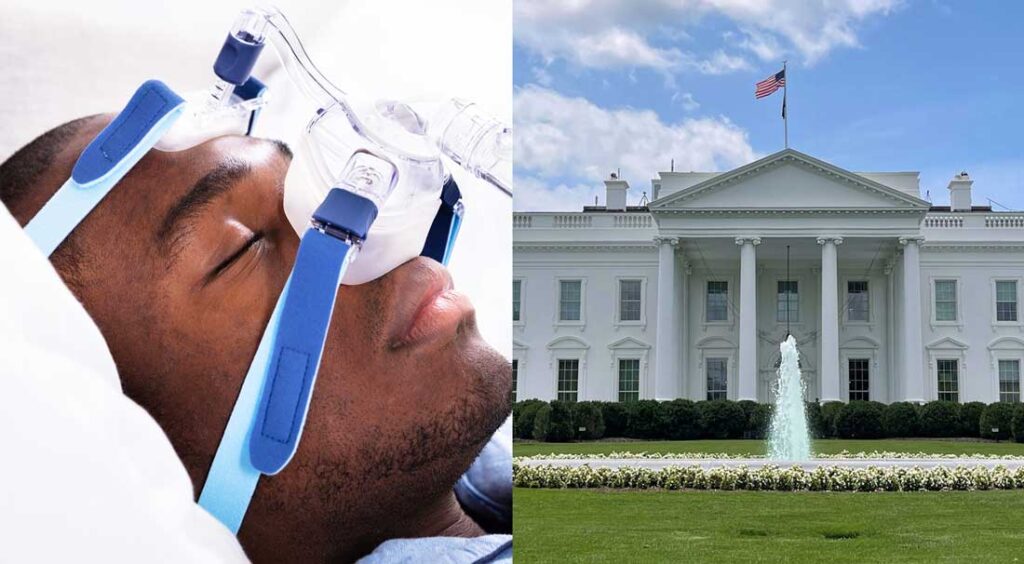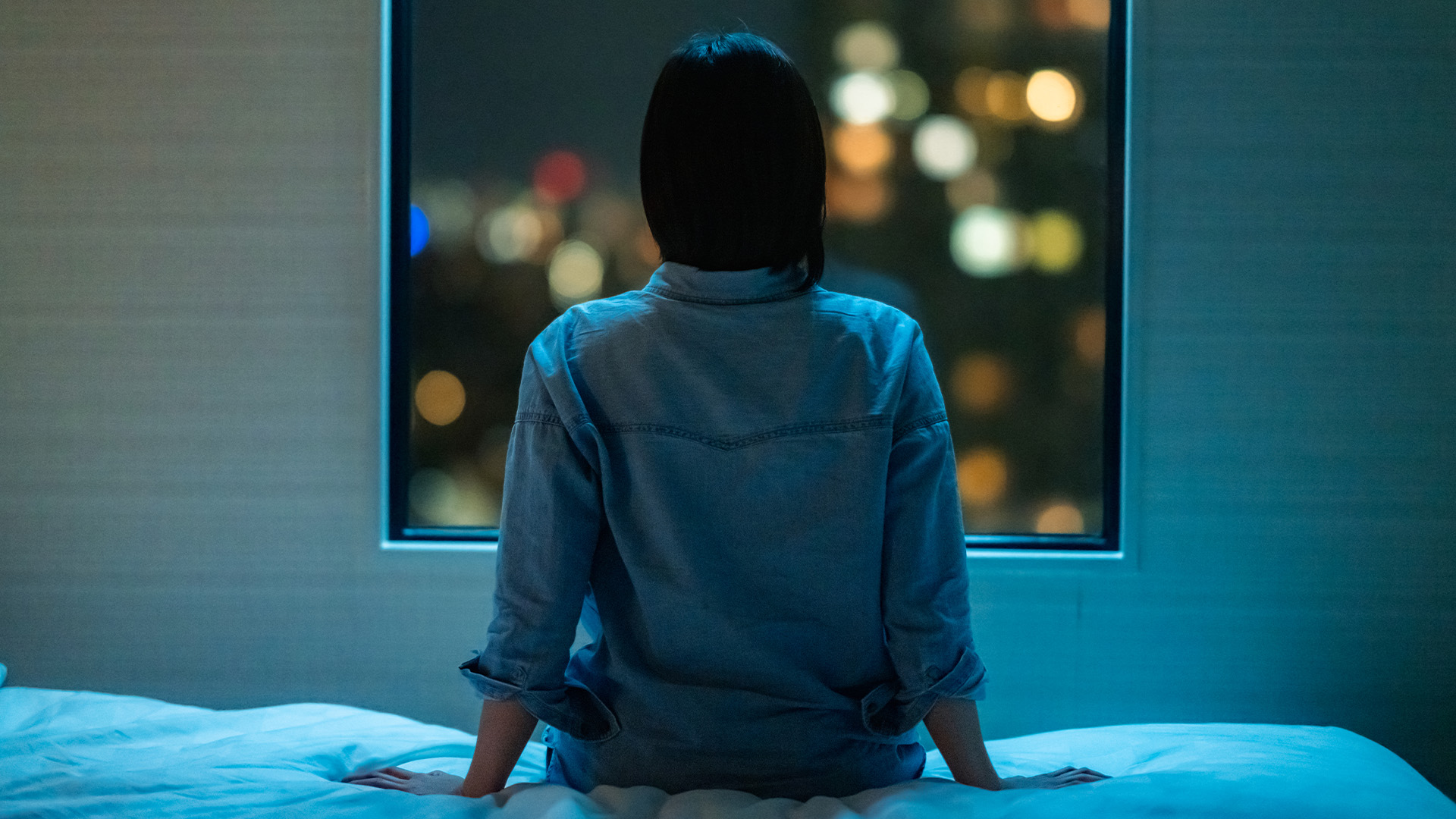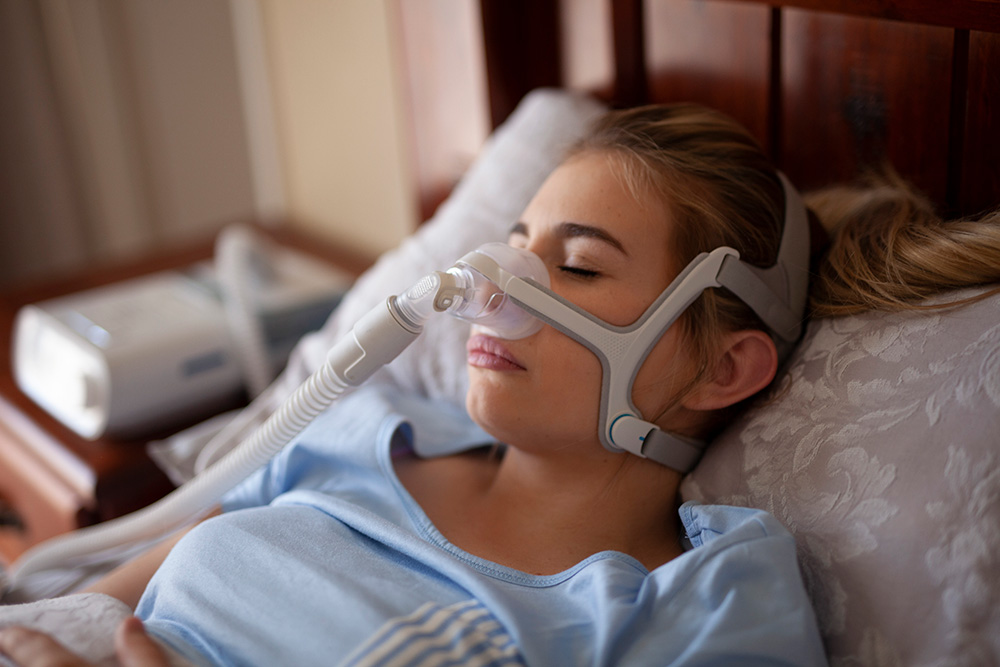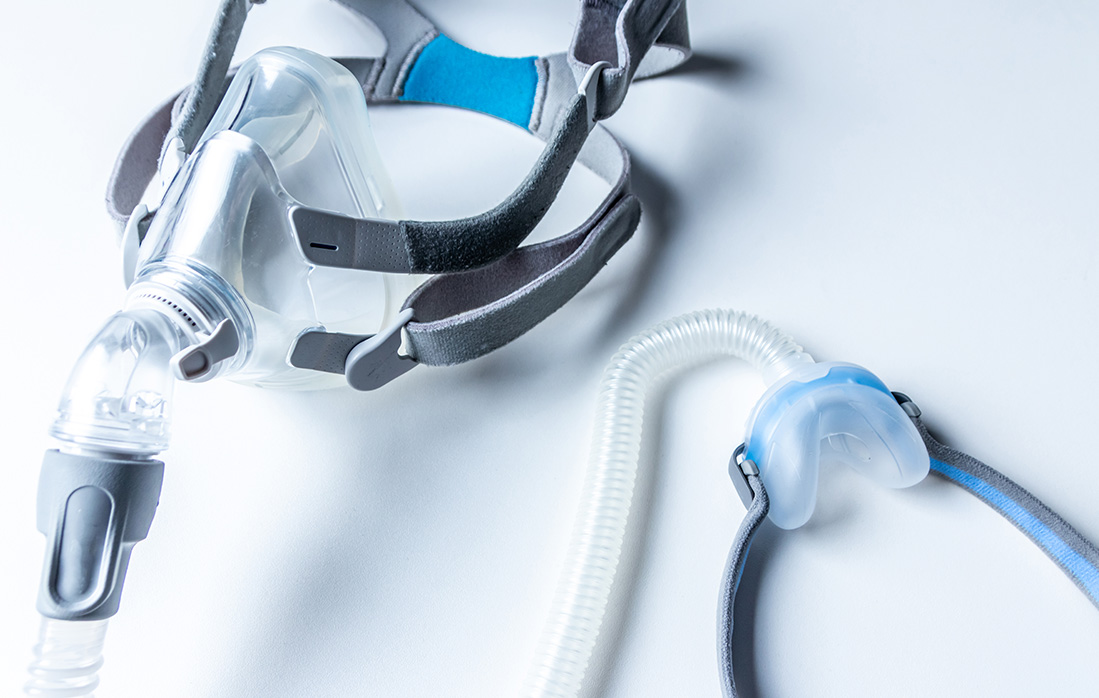
If you, for some reason, thought the president sleeps soundly every night, you were wrong. For the past couple of weeks, President Biden has been using a CPAP machine to treat his sleep apnea, the White House confirmed on June 27.
The statement about the diagnosis of his sleeping disorder was announced after indentations from the machine were seen on his face at an event at the White House on Monday.
However, this is not the first time Biden has struggled with sleep apnea. He has experienced it in the past, and medical records (obtained by the New York Times) indicate that he has struggled with the sleeping disorder since 2008.
“Since 2008, the president has disclosed his history with sleep apnea in thorough medical reports. He used a CPAP machine last night, which is common for people with that history,” Andrew Bates, a White House spokesman, said.
Several surgeries were also conducted on Biden in the past years to help with his sinus symptoms. A White House official said the surgery helped with his breathing but not his sleep apnea.
A health record by his doctor released in 2019 states, “his symptoms have improved significantly after his sinus and nasal passage surgeries.”
Along with 30 million Americans, Biden is not the only one to suffer from this condition. Mostly common among older adults, sleep apnea is characterized by pauses in breathing or shallow breaths during sleep.
Dr. Shelby Harris, Director of Sleep Health at Sleepopolis, said the condition is usually accompanied by loud snoring and frequent awakenings throughout the night as the body tries to restore normal breathing. This medical condition does not only cause a disrupted night’s sleep; it also can lead to other medical concerns such as high blood pressure, stroke, and heart disease.
“Sleep apnea is a condition where the airway is fully or partially blocked during sleep, and oftentimes results in loud snoring or mouth breathing as a way to increase airflow,” Dr. Harris said.
Harris also pointed out that early symptoms of sleep apnea may present as feeling the need to take a nap during the day despite getting an efficient amount of sleep at night.
“If you routinely get enough sleep at night and still find that you can’t get through the day without a nap, if you find that naps are unrefreshing or don’t help, or if you need multiple naps or doze off routinely during the day — definitely talk with a sleep doc as it can be a sign that there’s something wrong with your sleep quality,” she said.
If diagnosed, the main solution is to begin using a CPAP machine (Continuous Positive Airway Pressure machine), which is used by 8 million Americans. This machine works by delivering a steady flow of air pressure to the airway during sleep, helping to keep it open and preventing interruptions in breathing.
The machine is connected to a mask that covers the nose and sometimes the mouth. While you sleep, the air is delivered through a tube that is connected to the mask that allows for uninterrupted breathing throughout the night.
Sleep apnea often goes undiagnosed, so it’s important to look out for some symptoms that you believe might be just normal sleep disruptions that occur as you age.
For example, Dr. Harris said that one symptom that goes ignored and is not recognized as a symptom of sleep apnea is night sweats.
“Nightmares or night terrors and sleep apnea can activate the body’s stress response and cause excessive sweating,” she said.
Whether you suffer from snoring, fatigue during the day, or night sweats, it’s important to not ignore these symptoms and get them checked out. The president is not allowing his sleep apnea prevent him from running the country, so you shouldn’t let it stop you from having an active lifestyle too.

I Had Sleep Apnea For Almost 30 Years: The Inspire Implant Has Been Life-Changing

If We Want People to Use Their CPAP Machines, They Need to Be Easier to Use: Opinion

Is Your CPAP Machine Causing You to Gain Weight?
